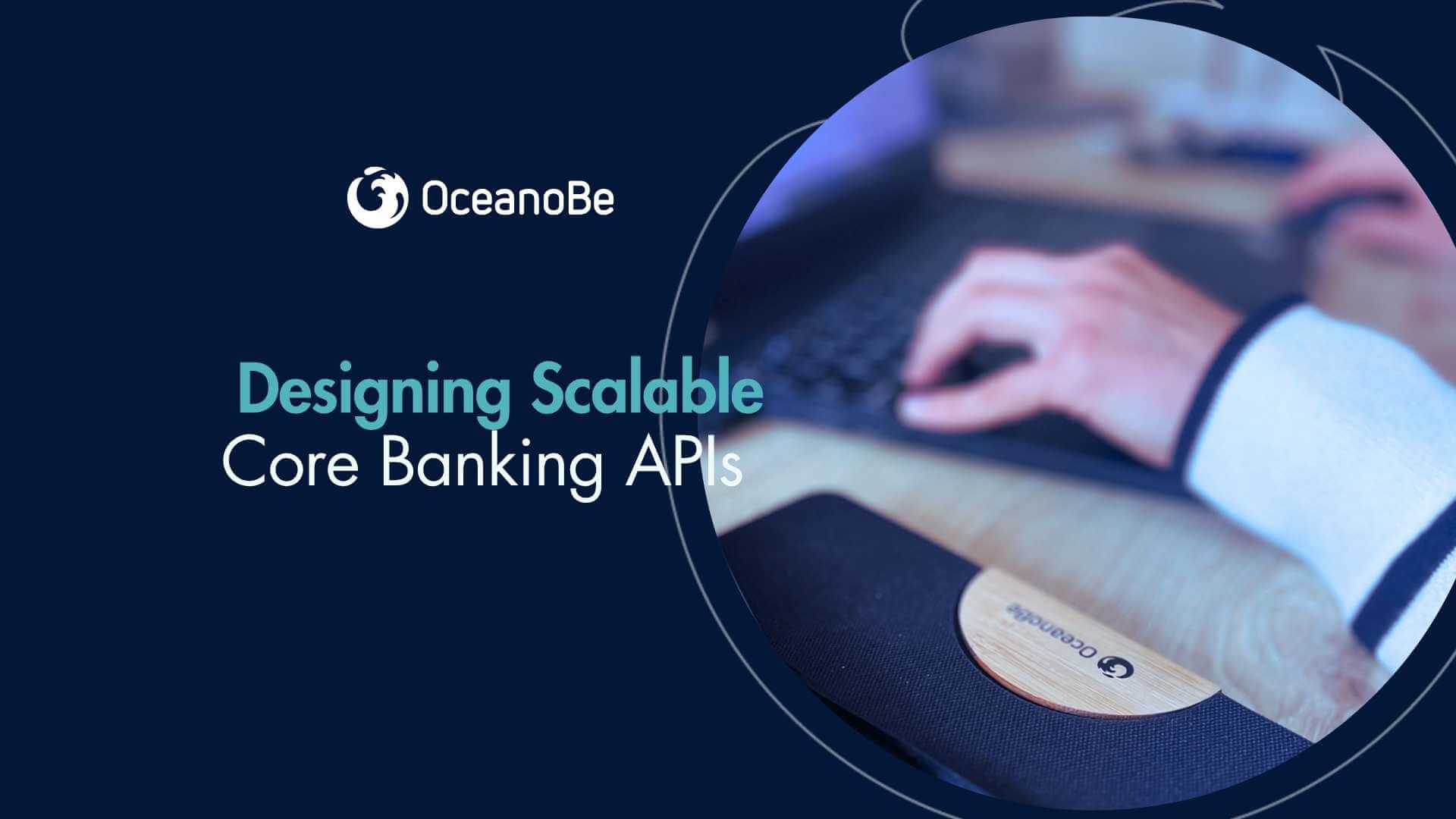Designing Scalable Core Banking APIs
REST vs GraphQL, API Gateways, and Securing External Integrations
REST vs GraphQL, API Gateways, and Securing External Integrations

Building APIs for core banking systems isn’t just a technical exercise—it’s a balancing act between reliability, scalability, security, and future extensibility. In a banking environment, APIs act as the connective tissue between customer-facing apps, backend systems, third-party fintechs, and compliance tools. Poor design or misaligned architecture doesn’t just lead to performance issues—it creates risk and limits innovation.
As engineers working on critical infrastructure, we have to think beyond CRUD (Create- Read-Update-Delete) endpoints. It’s about building APIs that scale predictably under transaction-heavy loads, enforce strict access controls, and provide the abstraction needed to allow banks to evolve without breaking downstream integrations.
Here’s how we at OceanoBe approach it—what works in production, what doesn’t, and why the details matter.
REST remains the dominant paradigm for financial APIs—and for good reason. It’s stateless, predictable, cache-friendly, and well-supported across enterprise systems. For transactional operations (like initiating payments, checking balances, or posting to ledgers), REST endpoints designed around resource-based URLs offer clarity and control.
That said, GraphQL has earned its place—especially when exposing aggregated data to mobile apps, dashboards, or internal systems. Instead of making multiple requests across services, GraphQL allows clients to query exactly what they need in one round trip. But it requires a much more thoughtful security model. You can’t just expose your entire schema and hope for the best. You need strict query depth limits, allowlists, and resolver-level authorization.
Our approach: REST for transactional commands. GraphQL for read-heavy or complex aggregation use cases. Clear separation of responsibilities keeps your architecture clean and maintainable.
Whether you’re handling internal service calls or external third-party requests, an API gateway is essential for managing traffic and enforcing policy at the edge.
At OceanoBe, we often implement Kong, Apigee, or AWS API Gateway depending on the cloud and client constraints. These gateways allow us to offload critical cross-cutting concerns:
Authentication & Rate Limiting – Ensuring only verified partners or internal systems can access endpoints, and not more than they’re allowed to.
Logging & Observability – Forwarding API telemetry (latency, error rates, usage metrics) into systems like Prometheus, Datadog, or Elastic.
Caching & Throttling – Improving response times and protecting backend services under burst loads.
Versioning – Supporting smooth deprecation and rollout of newer API versions without breaking clients.
Gateways also help us centralize API key management, JWT validation, and client onboarding, making compliance reviews much smoother.
Any time your core systems are accessed externally—whether by fintech partners, payment networks, or open banking aggregators—you need to enforce zero-trust principles.
We recommend mutual TLS (mTLS) for highly sensitive APIs, layered with OAuth2-based token validation. Scopes and claims must be carefully scoped—especially when giving access to customer-level data.
Additionally, sandbox environments are essential. We build fully isolated test environments with mock data and delayed webhooks so third parties can test without affecting production or compromising privacy.
Every API exposed externally must be accompanied by:
We also advise clients to maintain separate API clusters for internal and external consumers, both for performance tuning and fault isolation.
We use GitOps and CI/CD pipelines (Jenkins, GitHub Actions, or GitLab CI) to deploy new API versions in controlled waves, with automated contract tests ensuring we don’t break downstream systems.
Scalability isn't just about handling more requests—it’s about gracefully evolving your platform as business models shift, regulations change, and customers expect more.
A solid API strategy enables agility. It decouples your services, allows faster development cycles, and makes your bank a platform others can build on.
At OceanoBe, we don’t just build APIs—we design scalable systems that stay reliable under stress and compliant under scrutiny. If you're planning to open your core systems to the outside world—or need to untangle legacy APIs—let’s talk.